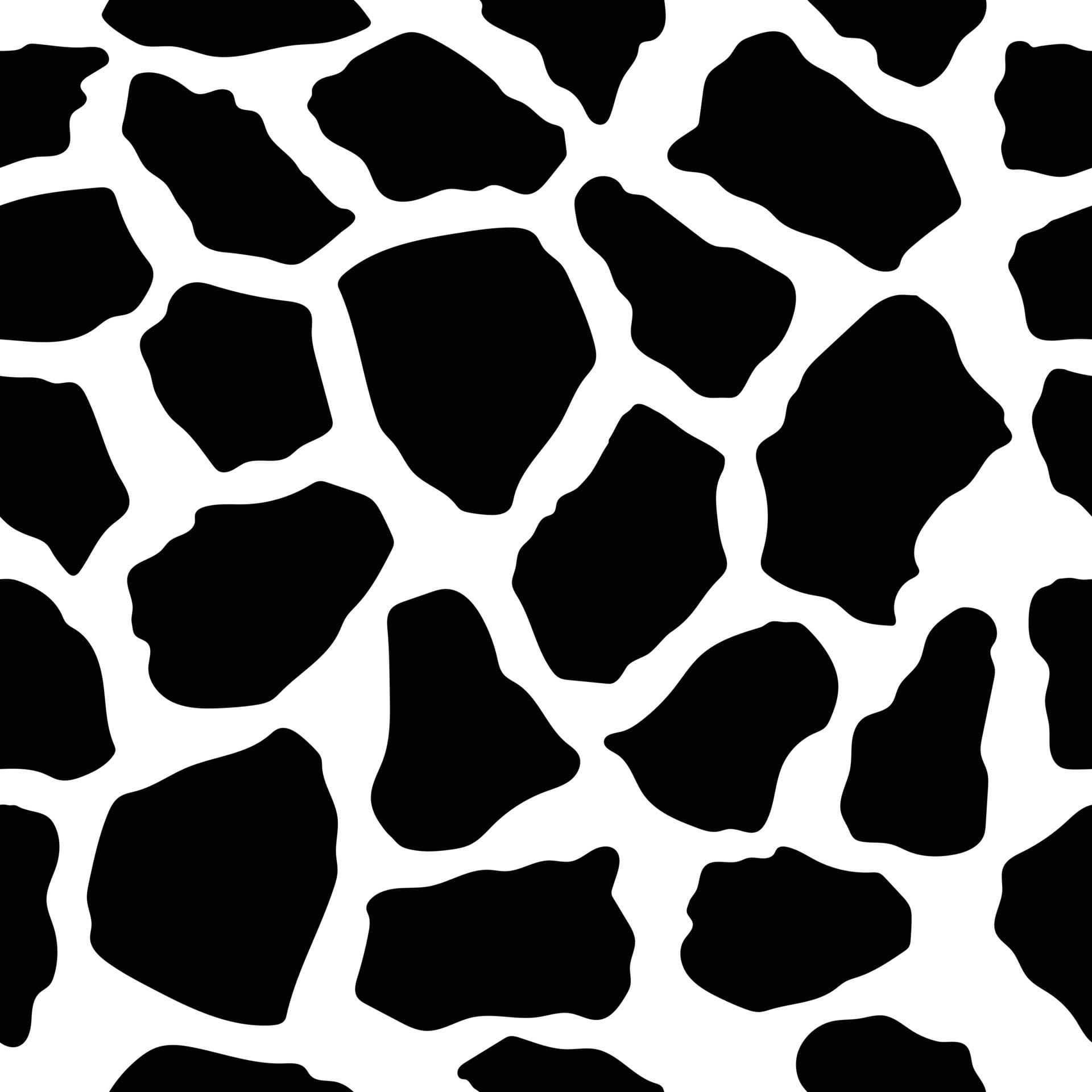Welcome to Zambia’s South Luangwa Valley, where a unique spectacle unfolds – the presence of “Black Giraffes.” These captivating creatures, with their dark, chocolate-brown coats, have captivated the imagination and sparked curiosity about the secrets behind their remarkable appearance. Join us as we journey into their world, exploring the science and wonder of these rare giraffes and their role in the African ecosystem.
The Allure of Dark Giraffes
Have you ever imagined a giraffe draped in shades of deep chocolate brown? In the heart of Zambia’s South Luangwa Valley, this captivating sight becomes a reality. These aren’t your typical giraffes with patches of tan and orange; these giraffes, known as Thornicroft’s giraffes, possess an alluring darkness that sets them apart.
But are they truly “black” giraffes? While the term “black giraffe” captures the imagination, it’s important to clarify that these giraffes are not entirely black like a panther. Their coats exhibit a rich, dark brown hue, often appearing almost black, especially in the dappled light of their woodland surroundings.
This darker coloration is likely a result of several factors, including:
- Genetics: Thornicroft’s giraffes likely possess genetic variations that influence melanin production, the pigment responsible for skin and hair color in mammals.
- Camouflage: The darker coat may provide camouflage in the shady areas of their environment, helping them blend into the woodlands and potentially avoid predators.
A Spectrum of Giraffe Diversity
The existence of these darker giraffes highlights the remarkable diversity within giraffe populations. Across Africa, giraffes exhibit a captivating array of colors and patterns, from the familiar tan and orange to the extraordinary:
- Kipekee, the Spotless Giraffe: In a testament to genetic variation, a spotless giraffe named Kipekee (meaning “unique” in Swahili) was born at Brights Zoo in Tennessee in 2023. This incredibly rare occurrence suggests the possibility of unexpected genetic combinations leading to unique coat patterns.
- Leucistic Giraffes: On the opposite end of the spectrum are leucistic giraffes, possessing a genetic condition that reduces melanin production. These giraffes may appear nearly white, though they are not true albinos.
The variations in giraffe coloration, from the darkest Thornicroft’s to the spotless Kipekee, underscore the vast genetic diversity within these majestic creatures and the remarkable ways in which genes manifest in physical appearance.
Unveiling the Secrets of Giraffe Color
The question of what determines a giraffe’s coat pattern and color has fascinated scientists for decades. While genetics undoubtedly plays a primary role, research suggests that other factors might contribute to the variations we observe:
- Diet: Some scientists hypothesize that diet might influence subtle variations in coloration. The types of plants giraffes consume could contain pigments or nutrients that affect their coat color.
- Habitat: Different habitats, with varying levels of sunlight exposure, could potentially lead to variations in coloration. Darker coats might be more common in shadier environments, while lighter coats might be more prevalent in open grasslands.
- Social Status: Intriguingly, some studies suggest a possible link between coat darkness and social standing in certain giraffe populations. However, more research is needed to understand this complex relationship fully.
Conservation: Protecting Giraffe Diversity
Sadly, these remarkable creatures, including the dark giraffes of South Luangwa Valley, face numerous threats. Habitat loss due to human encroachment, poaching, and the illegal wildlife trade endanger giraffe populations across Africa.
Conservation efforts are crucial to protect these gentle giants and preserve their genetic diversity. Organizations like the Giraffe Conservation Foundation work tirelessly to monitor populations, mitigate threats, and raise awareness about the plight of giraffes. By understanding the factors that contribute to their remarkable coloration and supporting conservation efforts, we can help ensure that these captivating creatures continue to grace the African plains for generations to come.
Do Giraffes Change Color with Age?
The notion that giraffes might change color as they age, particularly darkening, has circulated for years. While it’s true that some male giraffes do exhibit a darkening of their coat patterns as they mature, this phenomenon is not as straightforward as it might seem.
Here’s what we know:
- Not a Universal Phenomenon: Not all male giraffes undergo a dramatic darkening process. Some retain their lighter coloration throughout their lives, while others might even experience a loss of pigmentation, becoming paler with age.
- Social Factors at Play: Recent research suggests that social dynamics might play a more significant role in coloration change than previously thought. In some giraffe populations, darker males were observed to be more solitary, suggesting a potential link between coloration and social behavior.
- Hormonal Influence: The role of hormones, particularly testosterone, in the darkening process is an area of ongoing research. Fluctuations in testosterone levels could potentially influence melanin production, leading to changes in coat color.
Unraveling the Mysteries: Ongoing Research
While we’ve gained valuable insights into giraffe coloration, many questions remain unanswered:
- Does darker coloration in certain giraffe populations offer a survival advantage, such as camouflage or increased heat absorption?
- How do social interactions influence coloration changes, and what are the potential evolutionary benefits of different strategies?
- Can further research into the genetic and hormonal underpinnings of coloration help us better understand giraffe behavior and develop more effective conservation strategies?
By continuing to explore these questions, scientists can deepen our understanding of these magnificent creatures and contribute to their long-term survival.
















